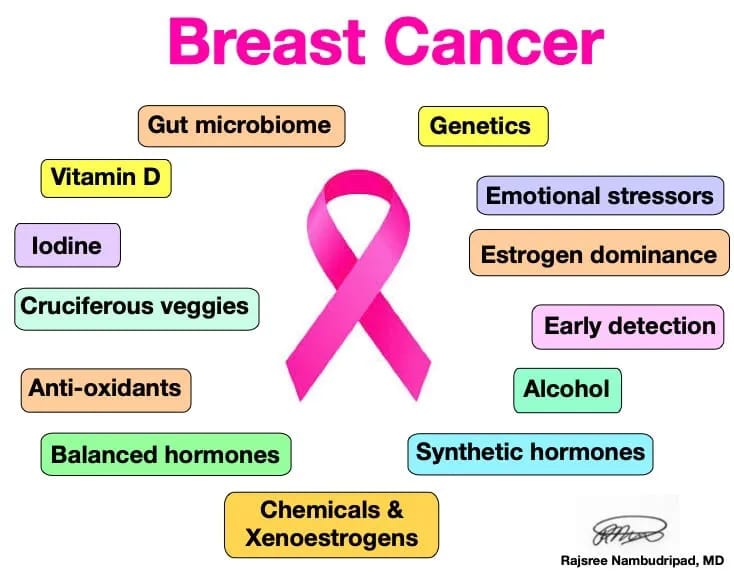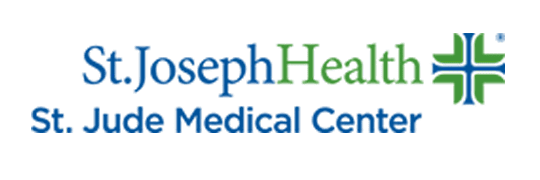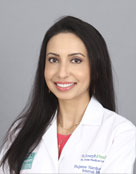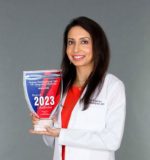
Breast cancer is the most common cancer in women, affecting 1 in 8 women. There are so many factors that contribute to a women’s chances of developing breast cancer. In this diagram, I’ve outlined some of the key factors that may influence a woman’s chance of developing breast cancer during her lifetime.
Regardless of your genetic risks for breast cancer, your lifestyle and food choices can have significant impact on your overall risk of developing breast cancer. The types of foods you eat can influence your gut microbiome which has a large role in estrogen detoxification pathways. In fact, when I do testing on the gut microbiome, I look for something called beta-glucuronidase, which can cause recycling of toxic estrogens from the gut! I typically see high levels of beta-glucuronidase in breast cancer survivors or in women with estrogen-dominance. Estrogen-dominance is a condition where women have high estrogen levels relative to progesterone. Estrogen-dominance is associated with fibroids, thyroid nodules, endometriosis, heavy periods, dense breasts, breast cysts, and increased risk of breast cancer. Women with estrogen-dominance often have larger breasts and hips and sometimes struggle with weight. This imbalance in hormones can be related to sluggish liver detoxification pathways, gut microbiome dysfunction, genetic factors, and environmental exposures. In women with estrogen-dominance, alcohol can further slow liver detoxification pathways and raise estrogen levels further. A single glass of wine could raise your estrogen levels by 30% if you are estrogen dominant!
The cruciferous vegetables (broccoli, cauliflower, brussel sprouts) are superfoods for breast cancer prevention since they have a special compound called Indole-3-carbinol (I3C) that promotes healthy estrogen metabolism in the body. They also have sulforaphane which helps your body make glutathione (the master anti-oxidant). That’s why they are anti-cancer! Aim for 5 colors a day (plenty of colorful veggies and fruits) to ensure you are getting a wide spectrum of anti-oxidants in your diet.
Women these days are exposed to a myriad of xenoestrogens from personal care products and cosmetics. Xenoestrogens are chemical estrogens that mimic human estrogens in the body and bind to estrogen receptors in breast tissue. These are found in chemical sunscreens, parabens, fragrances, and plastics. Xenoestrogens are also found in conventionally raised poultry and dairy products. I encourage my patients to take baby steps toward cleaning up their personal care products and choosing organic foods when possible.
Are your hormones balanced? If you are not ovulating regularly, or if you are estrogen-dominant, using bio-identical progesterone to balance your hormones can be protective on breast tissue.
Did you know vitamin D is research proven for breast cancer prevention? Get your vitamin D level tested and optimized to 60-80 ng/mL. For women with breast tenderness, I often check random urine iodine and replace with iodine drops since iodine helps reduce estrogen receptors on breast tissue and help tremendously with breast tenderness!
Synthetic hormones in birth control pills when used continuously for numerous years can be harmful and raise your breast cancer risk as well. Often women are prescribed birth control pills not for contraception, but simply to address “period problems.” In my practice, my preference to identify root causes of irregular or painful periods and regulate cycles with bio-identical progesterone. I also discuss other forms of family planning when possible.
Lastly, emotional stressors definitely take a toll on women. Women bear a tremendous load in serving as mothers, caregivers, and in having to juggle careers as well. In practicing integrative medicine, I always like to evaluate the WHOLE patient and I definitely see emotional stressors manifest in physical illness. The mind-body connection is tremendous and stress and traumas can certainly contribute to breast cancer as well.
Early detection of breast cancer saves lives! I recommend screening mammogram beginning at age 40 biennially and then annually at age 50, especially if you are on any form of hormone therapy (even bio-identical hormone replacement). Breast ultrasound is done additionally if there is dense breast tissue that needs further imaging. Many women express concern about the radiation exposure of a mammogram. While the radiation is not signifiant (about the equivalent of 2 x-rays, or less than the radiation from a flight from LA to Chicago), I do recommend taking glutathione 200 mg and vitamin C 500-1000 mg daily for the week before and after the mammogram to help your body handle the radiation. Unfortunately, thermography does not replace mammography since it cannot detect calcifications (which is often how breast cancer presents). Breast MRI is another way to screen for breast cancer, but requires gadolinium contrast, is very expensive, and requires laying in a claustrophobic tunnel for over 30 minutes! For some women with implants, breast MRI can provide superior imaging compared to mammograms. So for most patients, mammography and annual breast exam is what I recommend for breast cancer screening. Hopefully someone will come out with a better screening method soon that doesn’t involve squeezing women’s breasts!
Hope this helps sum up some of the important factors related to breast cancer risks and breast cancer screening. Of course, having a personal discussion with your doctor is the best way to best understand your individual health. I’m happy to discuss this with you at your next visit.
Cheers to all the strong, amazing women of the world and to all the breast cancer warriors and survivors!

Rajsree Nambudripad, MD











 Dr. Rajsree is a caring and compassionate physician, who is board-certified in both Internal Medicine and Integrative/Holistic medicine. She is passionate about helping patients optimize their health through a preventative approach involving healthy lifestyle, dietary changes, targeted nutritional supplementation, and optimizing hormones. Her practice is unique in the personalized attention she devotes to each and every patient.
Dr. Rajsree is a caring and compassionate physician, who is board-certified in both Internal Medicine and Integrative/Holistic medicine. She is passionate about helping patients optimize their health through a preventative approach involving healthy lifestyle, dietary changes, targeted nutritional supplementation, and optimizing hormones. Her practice is unique in the personalized attention she devotes to each and every patient.